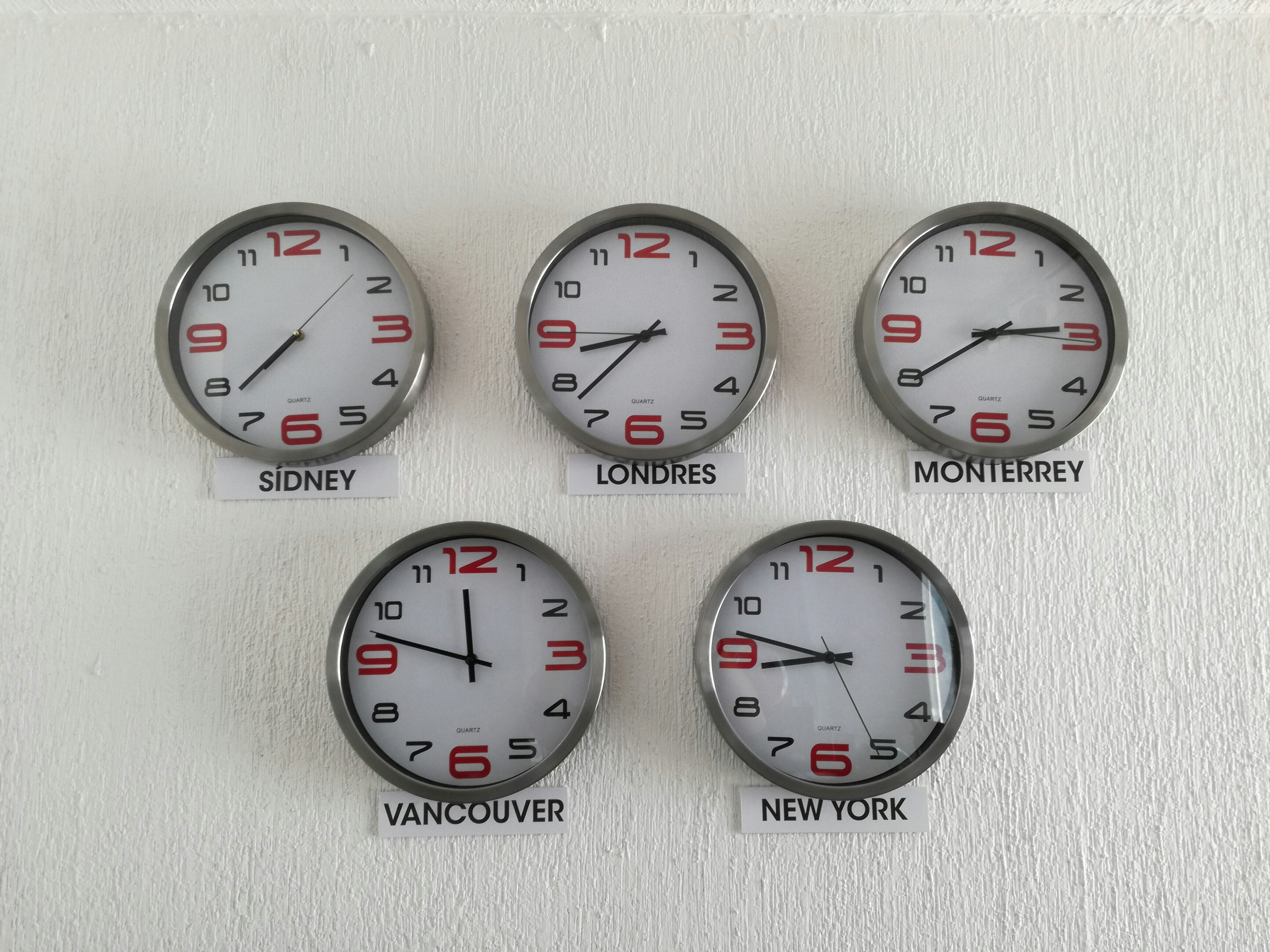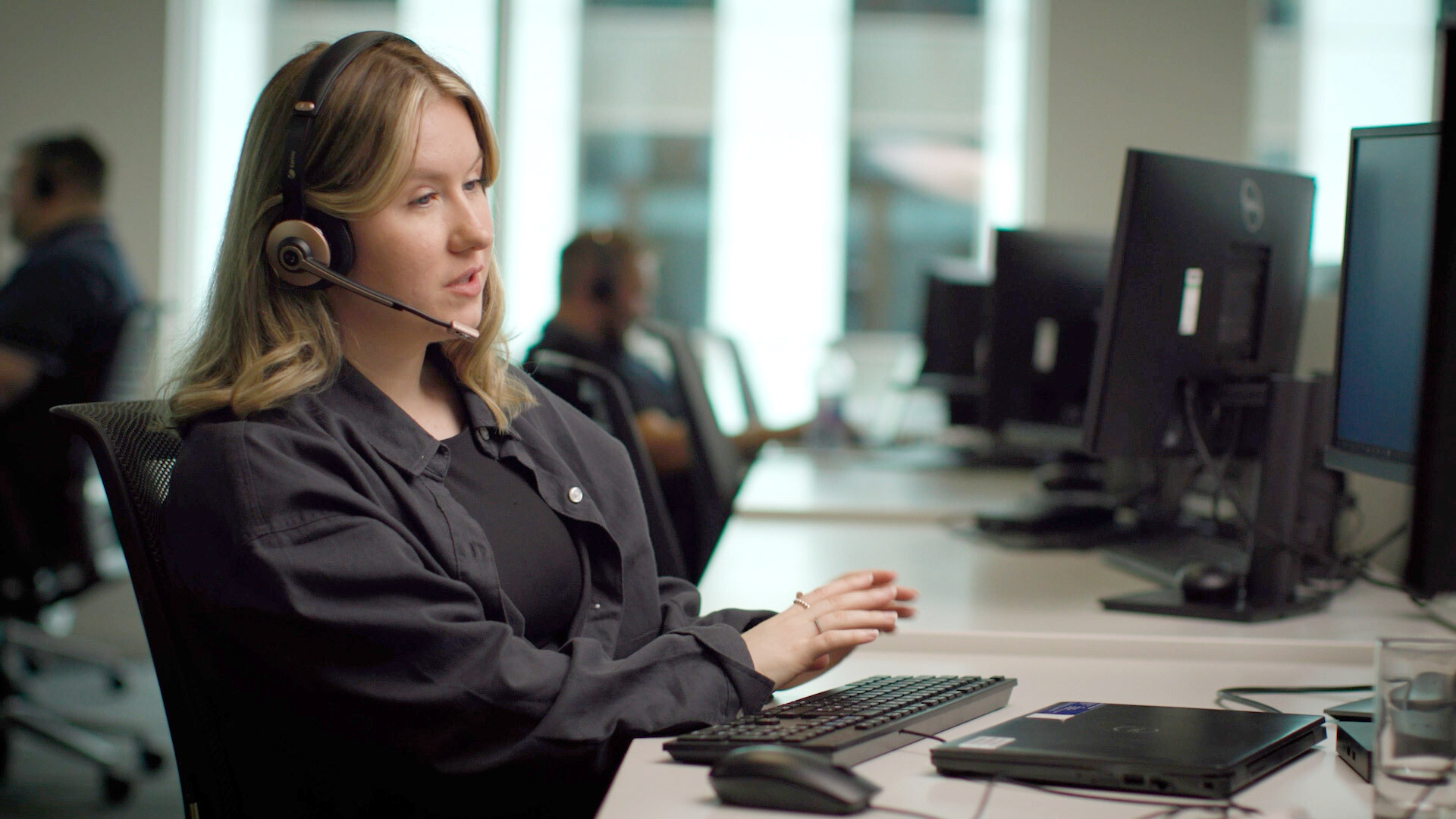The personality trait that creative geniuses often share

Novelist Franz Kafka needed to be alone when he worked.
Really alone.
“I need solitude for my writing,” the “Metamorphosis” author said, but “not ‘like a hermit’ — that wouldn’t be enough — but like a dead man.”
Kafka, often held up as the lonely, tortured artist, wasn’t alone in his need for solitude. Maya Angelou checked herself into hotel rooms to get work done; “Freedom” author Jonathan Franzen stuffs his ears and blindfold his eyes to bang out a manuscript.
New research from Northwestern University provides an explanation for why artists need such solitude.
It’s a matter of attention.
Specifically, a study lead by PhD candidate Darya Zabelina showed that creative achievers are worse at filtering out stimuli than other people.
Among other tests, participants took a creative achievement questionnaire, in which they reported their levels of success in ten creative fields, from music to dance to inventing to culinary arts.
In an experiment to measure response to stimuli, participants put on headphones and listened to a pair of clicks. People with “selective sensory gating,” or a tendency to ignore repeat stimuli, had a smaller response to a second click. But people with “leaky sensory gating,” or an inability to ignore repeat stimuli, had a near-equal response to the second click.
The link?
People who were less able to ignore the second click were more likely to be high creative achievers.
“The more creative achievements people reported, the leakier was their sensory gating, early in the processing stream with meaningless stimuli and no task goals,” Zabelina and her colleagues wrote.
In other words, people who were less able to ignore distractions were more likely to do great creative work. Sensitivity, so the argument goes, drives creative achievement.
“If funneled in the right direction,” Zabelina told Science Daily, “these sensitivities can make life more rich and meaningful, giving experiences more subtlety.”
And the world more art.
This article is published in collaboration with Business Insider. Publication does not imply endorsement of views by the World Economic Forum.
To keep up with the Agenda subscribe to our weekly newsletter.
Author: Drake Baer reports on strategy, leadership, and organizational psychology at Business Insider.
Image: A boy touches a 45-metre long wall lighted by colour rays at an exhibition hall in Wuhan. REUTERS/China Daily.
Don't miss any update on this topic
Create a free account and access your personalized content collection with our latest publications and analyses.
License and Republishing
World Economic Forum articles may be republished in accordance with the Creative Commons Attribution-NonCommercial-NoDerivatives 4.0 International Public License, and in accordance with our Terms of Use.
The views expressed in this article are those of the author alone and not the World Economic Forum.
Stay up to date:
Entrepreneurship
Forum Stories newsletter
Bringing you weekly curated insights and analysis on the global issues that matter.







